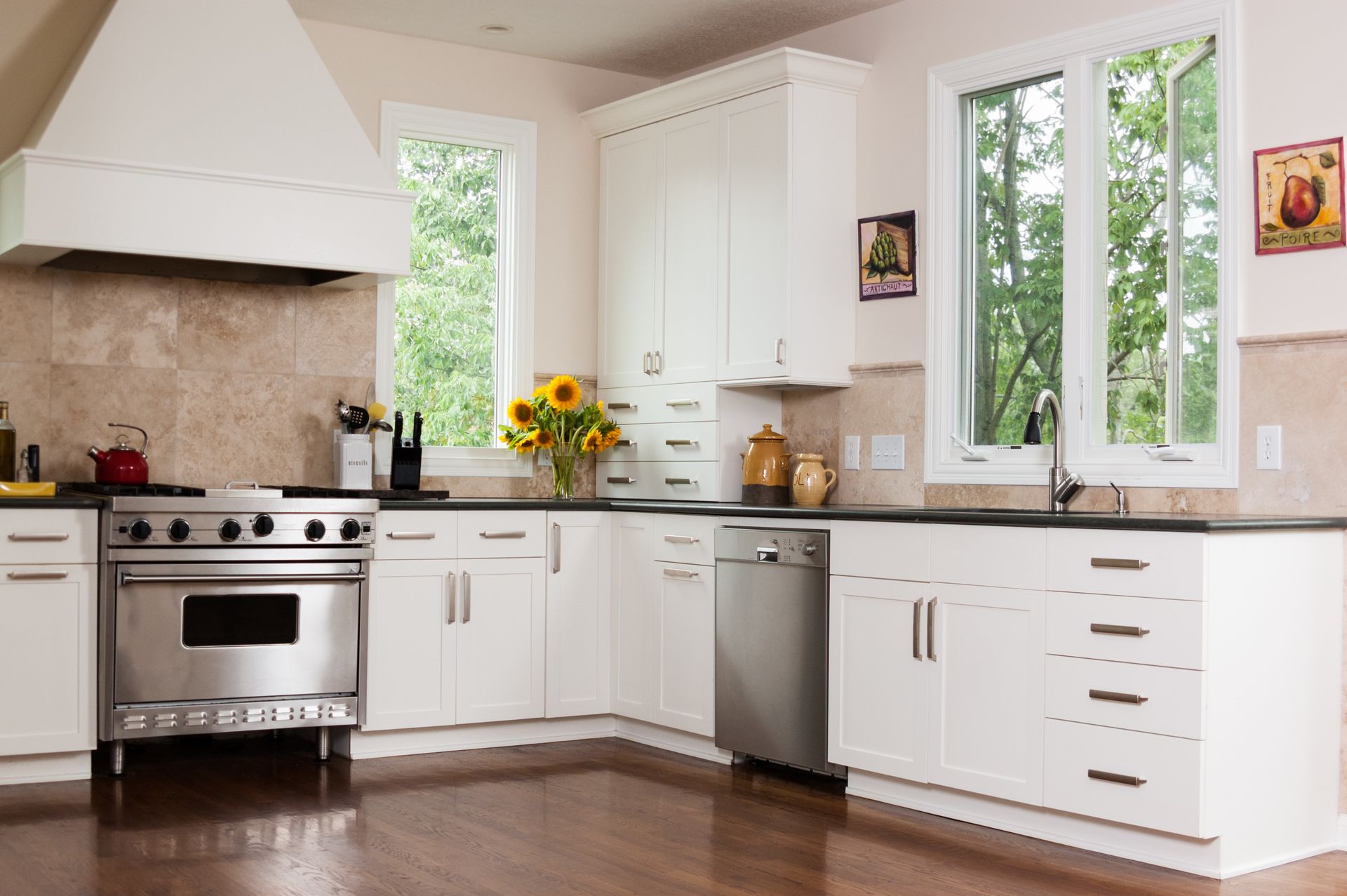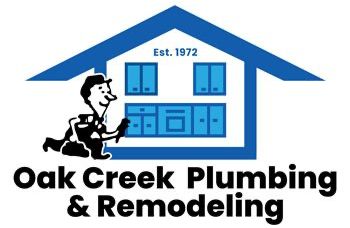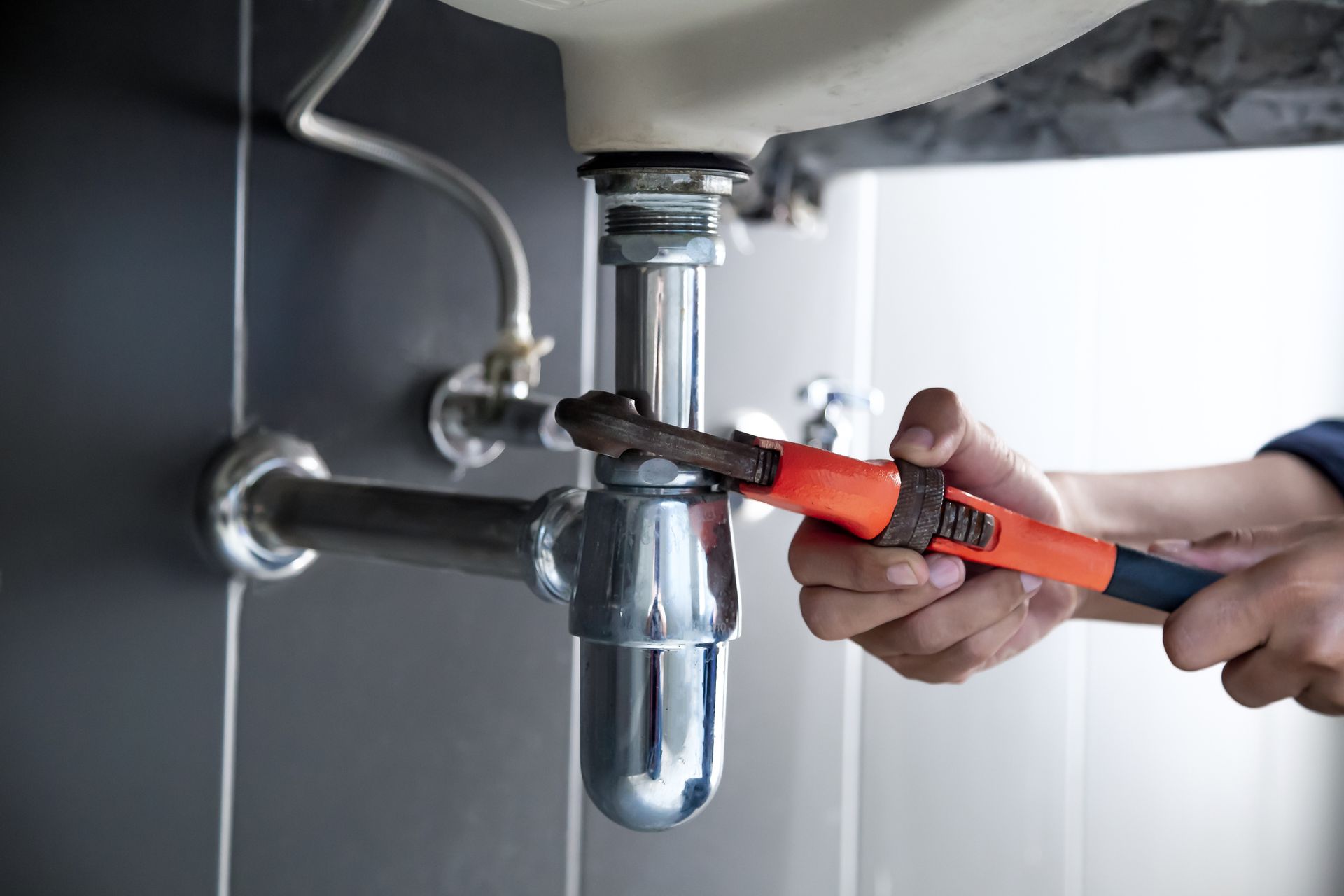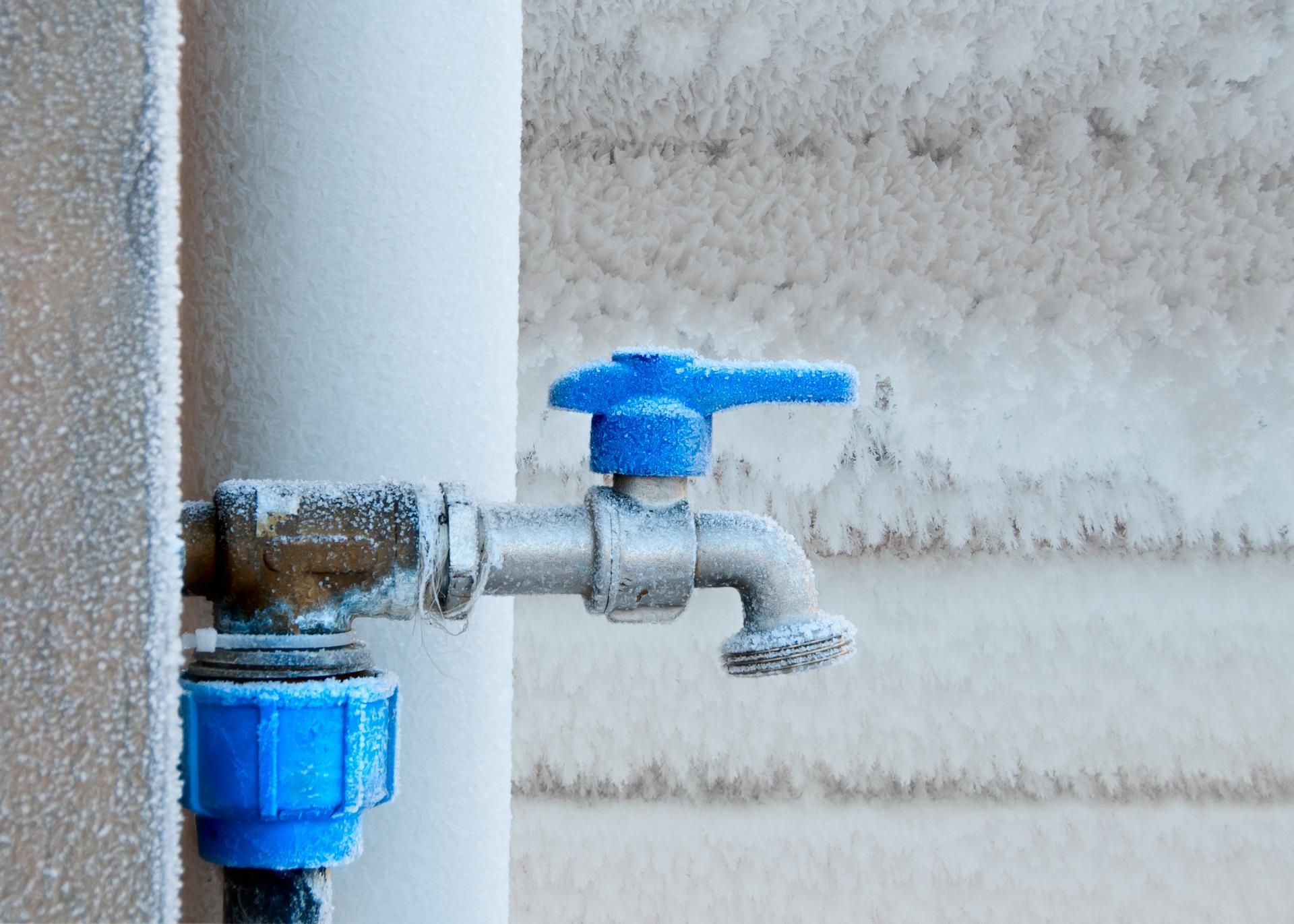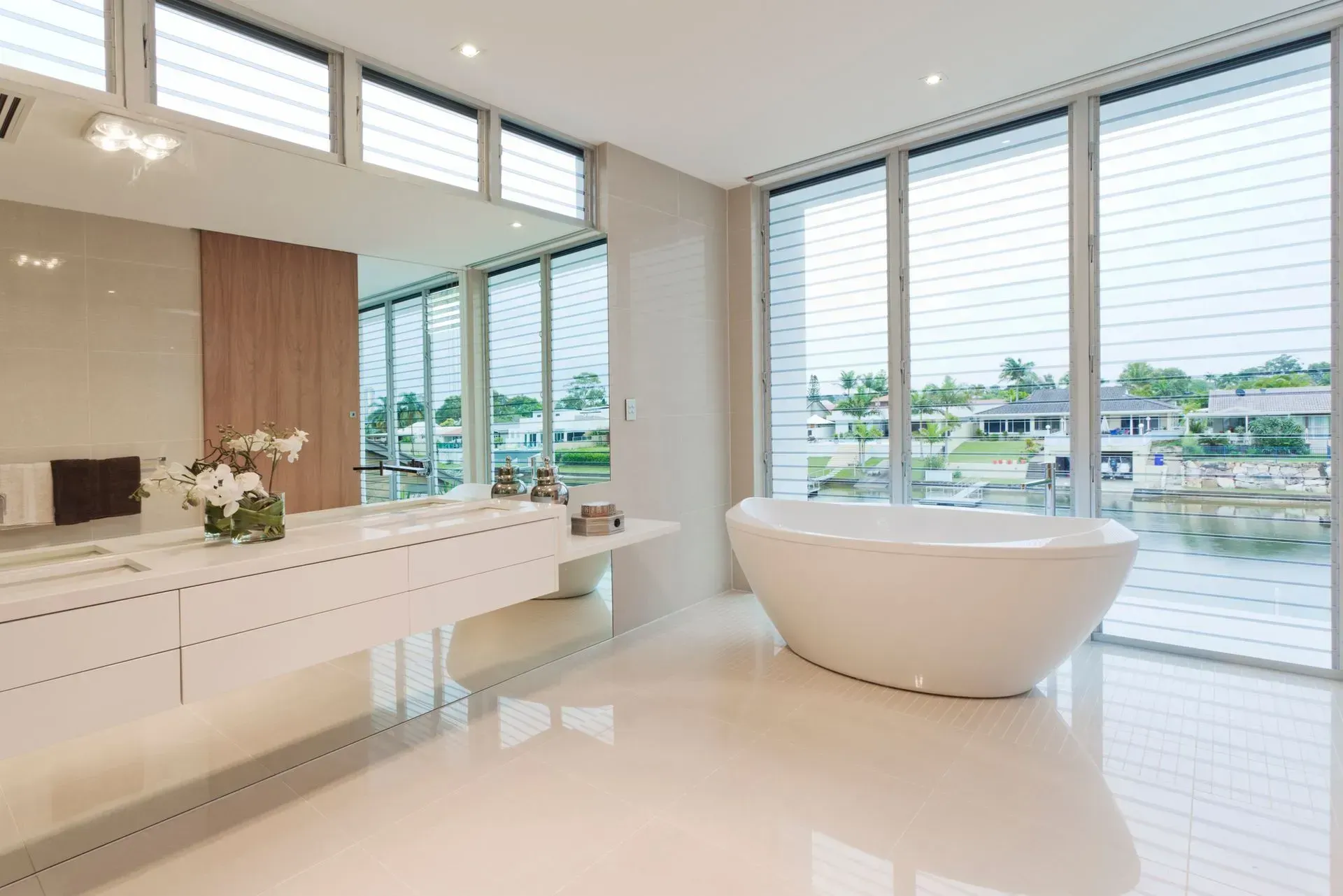4 Types of Plumbing Pipe Materials to Choose From
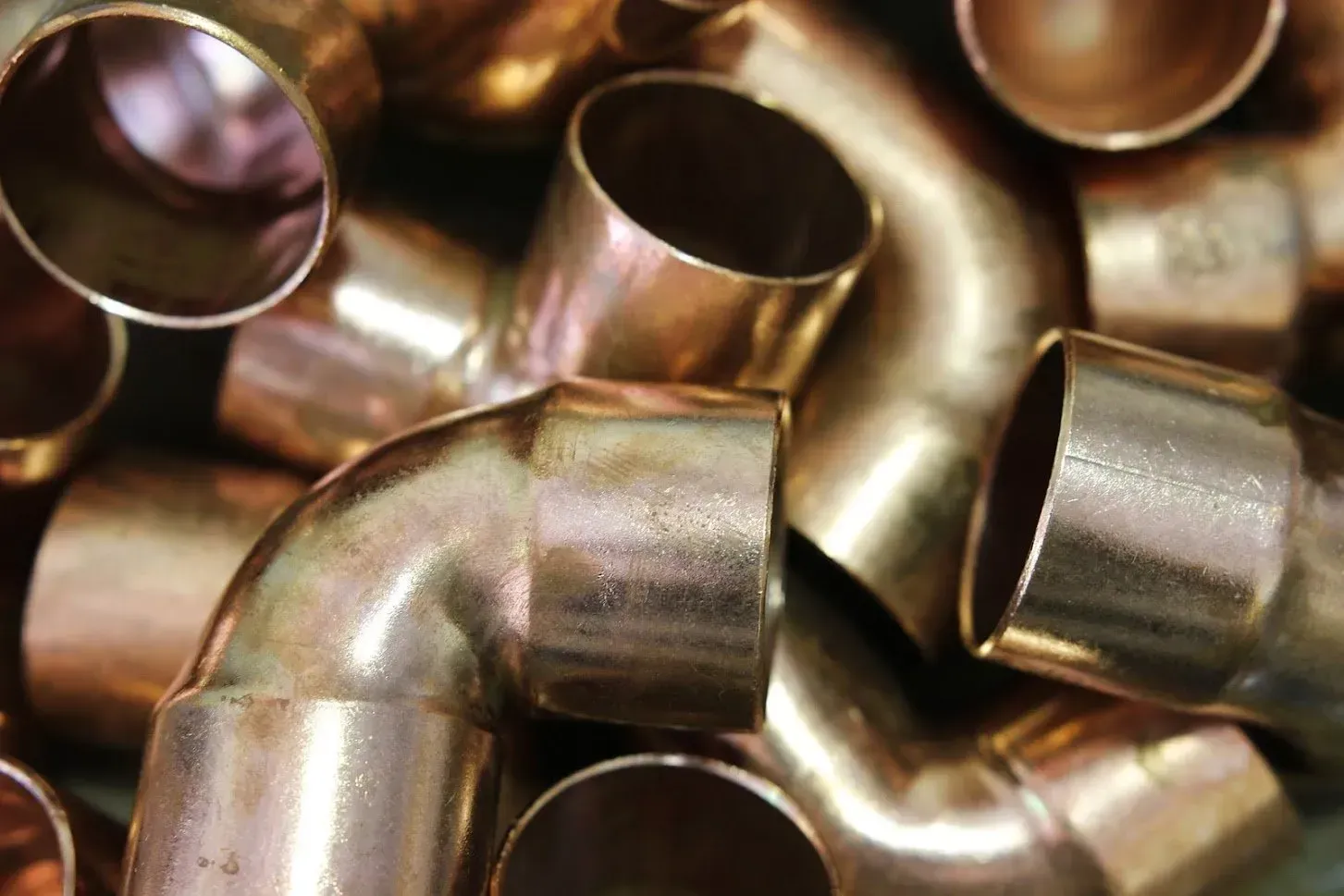
Plumbing pipes are the unsung heroes in our everyday lives. Plumbing pipes help transport water and waste in commercial and residential buildings, but we often take the pipes for granted.
Plumbing pipes are available in different types, but not all are suitable for every building. The best pipe material for your situation will depend on several factors, including your budget and the purpose of the pipe.
The following list will help you understand the various plumbing pipes materials available.
1. Galvanized Pipes
Originally, galvanized piping was a substitute for lead piping. Galvanized steel or iron pipes are pipes coated with a layer of zinc. The zinc protects the pipe from corrosion and rust, which can extend the life of the pipe.
The downside to galvanized pipes is that mineral deposits can block them over time, thus reducing water flow.
Moreover, constant exposure to water and other chemicals may also cause the zinc to wear off after some time and eventually corrode the pipe. Therefore, galvanized pipes may not be suitable for carrying drinking water because the zinc can leach into the water.
Galvanized pipes also aren't as flexible as some other pipe materials. So the pipes may not be the best choice for areas where your plumbing needs to make tight turns.
2. Copper Pipes
Copper is one of the most popular materials for plumbing pipes. Copper pipe has been a staple within the plumbing industry for decades. Many plumbers and homeowners prefer copper pipes due to their corrosion resistance and ability to protect water quality.
Copper plumbing pipes are often around sinks, showers, tubs, and other fixtures in new and older homes.
Copper pipes can handle high water pressure and tolerate both hot and cold water temperatures. Nevertheless, copper pipes are often the most expensive type of plumbing pipe.
3. Polyethylene Cross-Linked Pipe (PEX)
PEX piping is a flexible plastic piping that's become a popular option for commercial and residential alike. PEX pipes are completely corrosion- and rust-resistant, and they require little maintenance. PEX pipes are also color-coded, red for hot and blue for cold water.
And although some types of PEX pipes can affect the taste and smell of drinking water, the water from PEX pipes does not pose any health risks.
Pipes made from PEX are flexible and easy to weave through walls, ceilings, basements, and crawl spaces. PEX pipes need support installation, especially when the pipe is behind a wall.
The main drawback of PEX is that UV rays can damage the pipe's outer plastic layer if you use it in outdoor applications.
4. Polyvinyl Chloride Pipes (PVC)
Polyvinyl chloride (PVC) pipes are a combination of vinyl and plastic. Several advantages of PVC plumbing pipes include their versatility, affordability, and durability.
The PVC pipe is capable of handling high water pressure. As a result, the material can also serve as your home's main water supply line. Additionally, PVC pipes have a smooth inner lining that helps prevent blockages. In addition, PVC pipes are also relatively inexpensive.
PVC pipes meet the standards for drinkable water set by American National Standards Institute. However, PVC pipes can potentially leak chemicals into the water, leading to health problems.
Different types of plumbing pipes are for different purposes. The best way to select the suitable plumbing material for your home is to contact your local plumbing professional. With a professional's help, you can be sure that your home's plumbing will be up to code and ready for whatever you need it to do.
Contact us today if you have any questions about different pipe materials or plumbing pipe repair and replacement.
